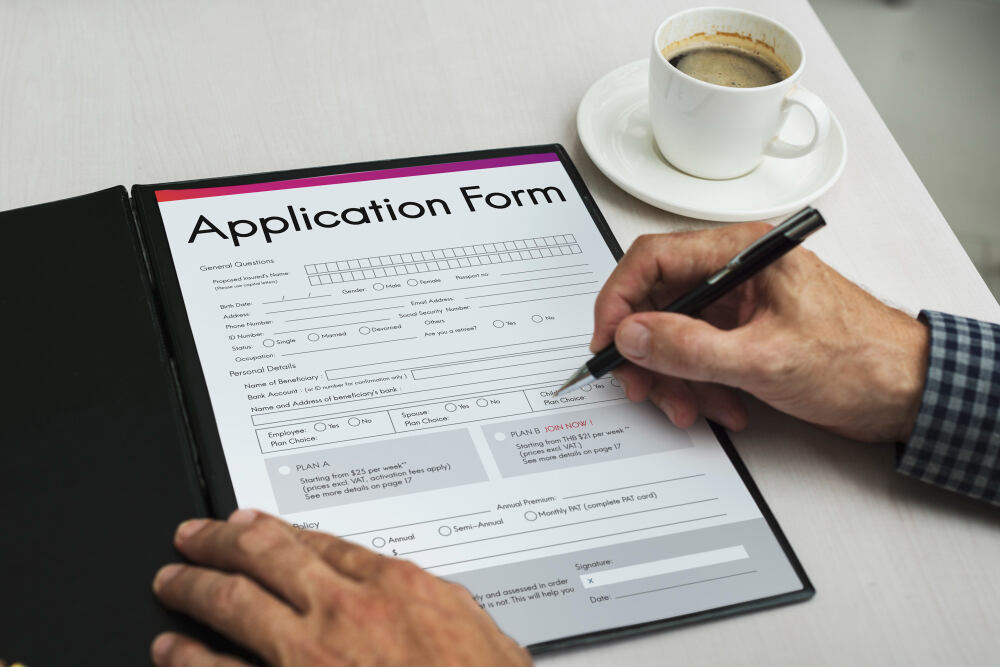Blog
The increase in the number of home-based food businesses in recent years has been nothing short of amazing. Many people are using their entrepreneurial energy and culinary talents to convert their home kitchens into successful food businesses. However, there is a key step you must not skip before you start selling your mouthwatering concoctions, obtaining an FSSAI (Food Safety and Standards Authority of India) license for your home kitchen. Your food business will be held to the highest standards of sanitation and safety thanks to this license. This thorough tutorial will walk you through each stage of the application process for an FSSAI license for your home kitchen.
Read more: How to Get FSSAI License for Your Home KitchenUnderstanding the Importance of an FSSAI License for home kitchen
Before getting into the details of obtaining one for your kitchen at home, you must comprehend the requirements for this license. The FSSAI is in the role of maintaining food safety and quality in order to protect the public’s health. You can increase your client’s trust and confidence by assuring them that your food is prepared in a clean, safe environment by obtaining an FSSAI license.
Check Your Eligibility
FSSAI licenses are not required for all home food businesses. The size of your business is the main determinant of eligibility criteria. Small home kitchens may require only basic registration, while larger businesses may require more complex permits.
Different Types of FSSAI Licenses
1. Basic FSSAI Registration
With an annual sales of less than Rs. 12 lakhs, this is ideal for small-scale food businesses. Because of how simple the procedure is, home-based startups can use it with easily.
2. State FSSAI License
You must obtain a state FSSAI license if your yearly turnover is greater than Rs. 12 lakh but less than Rs. 20 crore. An equally sized home kitchen can use this intermediate license.
3. Central FSSAI License
A central FSSAI license is required for large-scale businesses with an annual turnover of more than Rs. 20 crores. Importers and exporters of large quantities of food are covered under this license.
Documentation Required For FSSAI license
1. Personal Details and Identity Proof
A valid identity proof, such as an Aadhaar card, passport, or voter ID, should be gathered before beginning the application process.
2. Proof of Address
Give documentary proof of the address of your home kitchen, which can be confirmed by utility bills, rental agreements, or property records.
3. Kitchen Layout and Photographs
FSSAI requires a view of the inside of your kitchen. Share some clear images of your kitchen with them after making sure it’s clean and neat.
Filling the FSSAI Application

If you need help accurately filling out the application form, you can either apply online through the FSSAI portal or Contact us.
1. Inspection and Verification
After submitting your application, the FSSAI officer will schedule his inspection to assess whether your household is complying with kitchen safety standards.
2. Granting of an FSSAI license
Your license will be issued by the FSSAI once your kitchen has passed inspection and verification. Be patient; this process could take a few weeks.
3. Renewal and Compliance
Note that FSSAI licenses generally have a validity period of 1- to 5-years. Ensure timely renewal and compliance with food safety laws.
Benefits of Having an FSSAI License
For your home kitchen, having an FSSAI license has many benefits, including legal recognition, consumer confidence and access to a larger market.
Common Mistakes to Avoid
Avoid typical mistakes include incomplete or wrong documents, noncompliance, and late license renewal.
Conclusion
Having an FSSAI certification for your home kitchen is not only necessary legally, but it also signals trust and safety. You can start on your cooking adventure with confidence by following the procedures indicated and making sure of compliance because you’ll know your company is based on high standards for food safety.
FAQs
1. Is an FSSAI license mandatory for home-based food businesses?
it’s mandatory if your turnover exceeds the specified limit.
it’s mandatory if your turnover exceeds the specified limit.
The time to get an FSSAI license in India varies, but it can take approximately 1-3 weeks for basic registration, 1-1.5 months for a state license, and 2-3 months for a central license, depending on the size and type of your food business.
Yes, the FSSAI provides an online application portal for your convenience.
Operating without a license can result in penalties and the closure of your business.
Yes, you can upgrade your license as your business expands.
Access Now
Therefore, an FSSAI license for your home kitchen should not be undervalued. You can use it as an entry point to a known and successful food business. Consider contacting http://kts.cs.in, which specializes in simplifying the licensing procedure for home-based food enterprises and many more Services, if you need help with your FSSAI license application or have any other inquiries Contact us
Navigating the complex world of income taxes can be perplexing for Indian taxpayers. An ray of optimism in the middle of this complication is the potential for an income tax refund. For a stress-free tax season, it’s essential to understand the complexities of the Income Tax Refund status.
Read more: Did You Know? Tracking Your Income Tax Refund is Easier Than You Think!
Unveiling the Income Tax Refund Status
In India, the phrase “Income Tax Refund status” describes the process of filing your tax return and receiving your refund. Keeping a close check on this status is extremely valuable since it offers crucial information about how the Indian tax authorities are handling your tax return. The refund status not only reveals when you will receive your return, but it also allows you to act if any problems emerge.
Navigating the Path to Refund: Step by Step
Following these steps will reveal your Income Tax Refund status
1-Visit the Official Tax Portal: Initiate the process by visiting the official Indian tax portal, such as IncomeTaxIndia.gov.in.
2-Locate the Refund Section: Within the portal’s interface, locate the dedicated “Refund” or “Check Refund Status” section.
3-Provide Required Details: Input your Permanent Account Number (PAN), along with your filing status and the anticipated refund amount.
4-Submit and Await: Upon submission, await the revelation of your refund status. The portal will disclose whether your return has been processed, approved, or if any issues require attention.
Common Statuses for Analyzing Refund Progress
Understanding common refund statuses makes it easier to interpret the data provided by the Indian tax authorities. The following are typical refund statuses.
Receipt Acknowledged: This status confirms the successful receipt of your tax return, marking the commencement of preliminary processing.
Refund Authorization: Approval of your refund signifies the successful traversal of processing hurdles, verifying the refund amount.
Refund Dispatched: A dispatched refund indicates its transfer to your designated bank account or issuance via a paper check.
Undergoing Review: Refund review might arise due to potential discrepancies, causing a minor delay in processing.
Additional Data Needed: Authorities may request additional data or documentation to facilitate the refund process
Unraveling Delays: Why the Extended Wait?
Breaking Down Delays: Why the Prolonged Wait?
There can occasionally be unexpected delays while anticipating a refund. among the potential reasons are:
Incomplete Submission : Missing information or mistakes in your tax return may result in unwarranted delays.
Return that has been Amended : If you have filed an amended return, the processing time may take longer than usual.
Identity Verification : Strict anti-fraud procedures may call for additional identity verification, which may delay the return process.
Problems with direct deposit : Incorrect bank information may cause delays or even non-receipt of the refund.
Strategies for Speedy Refunds: Expert Insights
Use these methods recommended by professionals to hasten the refund procedure:
Choose E-Filing : Compared to traditional paper filing, electronic filing (also known as e-filing) offers more accuracy and a quicker process.
Prefer Direct Deposit : Direct deposits are more efficient than paper checks at transferring refunds quickly.
Cross-Check Details : To avoid processing delays, thoroughly check your PAN and other details before submission.
Error Avoidance : Make sure that income and deductions are reported accurately to reduce the need for amended forms.
Conclusion
Managing your financial and tax obligations requires you to be aware of your Income Tax Refund status . You can traverse the system with confidence if you are aware of the complexity of the refund procedure, up to date on the most recent changes, and using professional advice. To guarantee an effortlessly refund process, keep in mind to use official government resources for precise information and direction.


